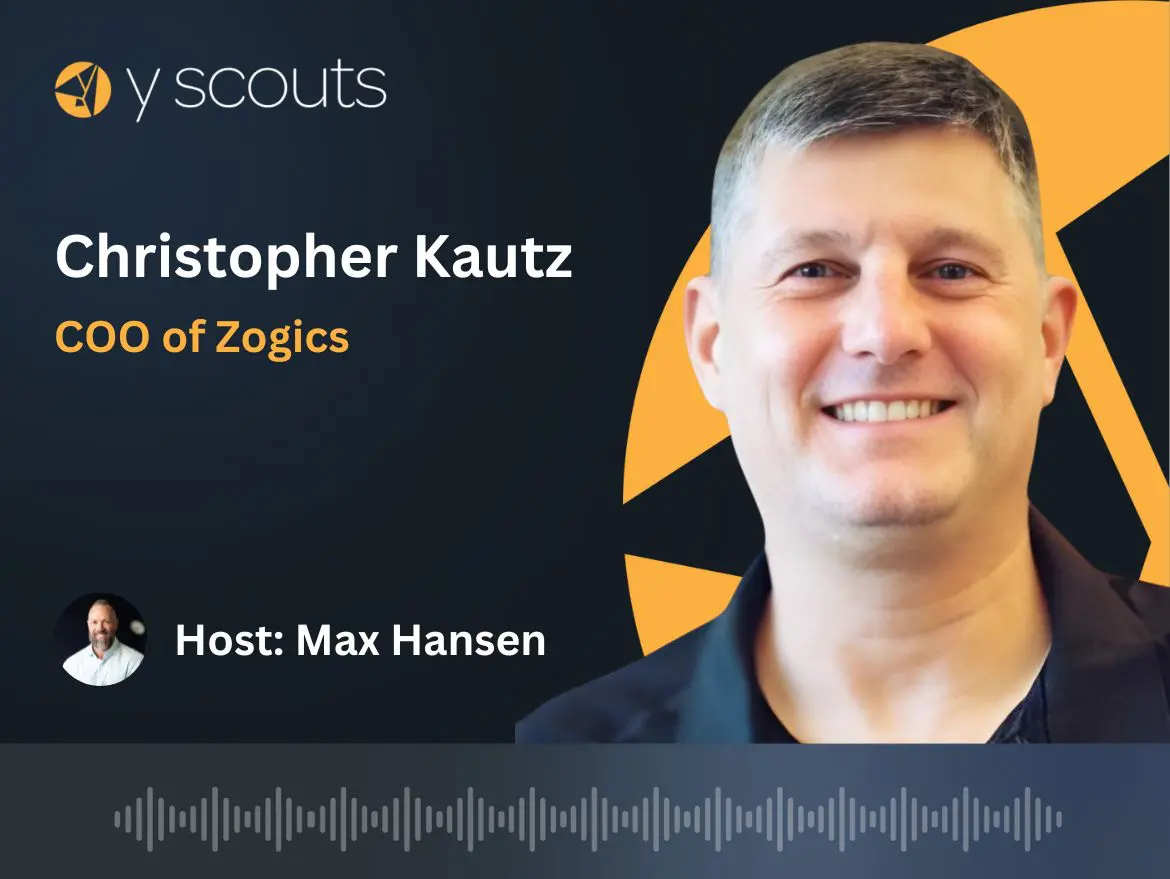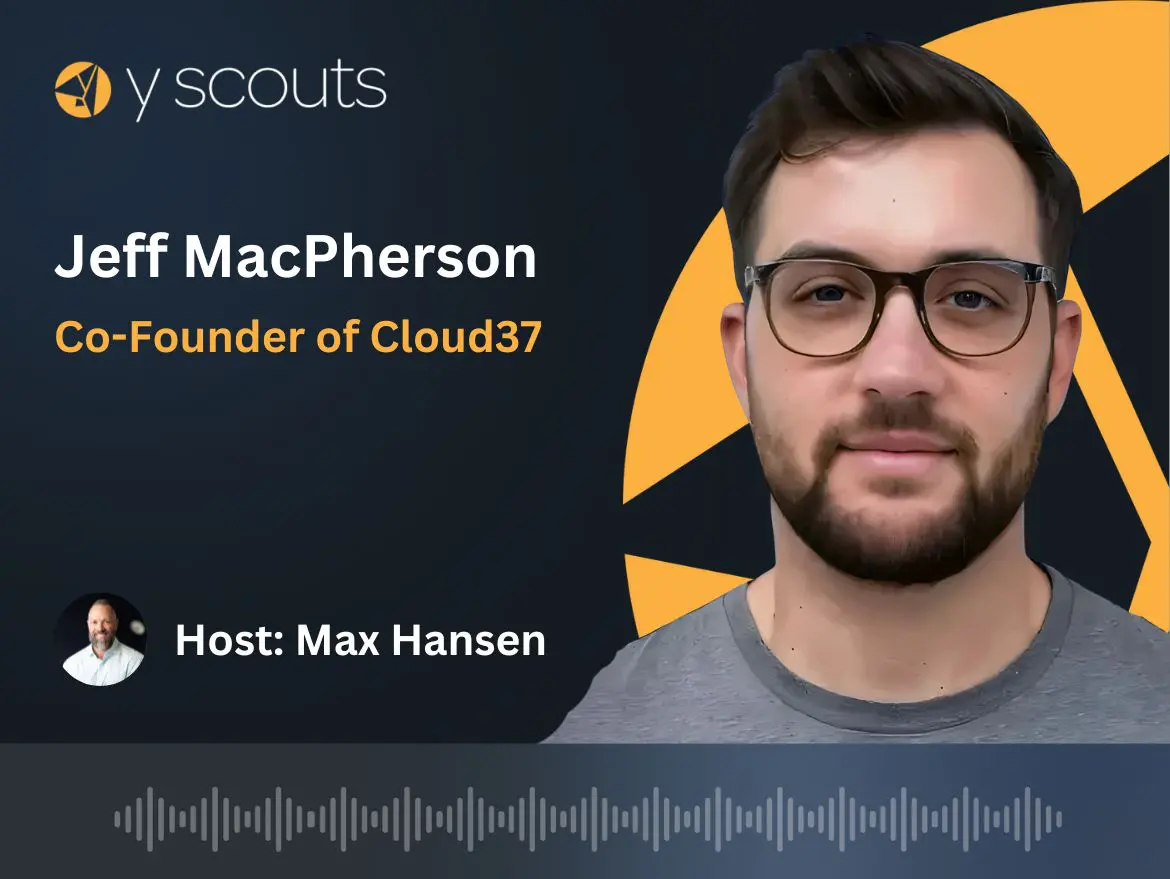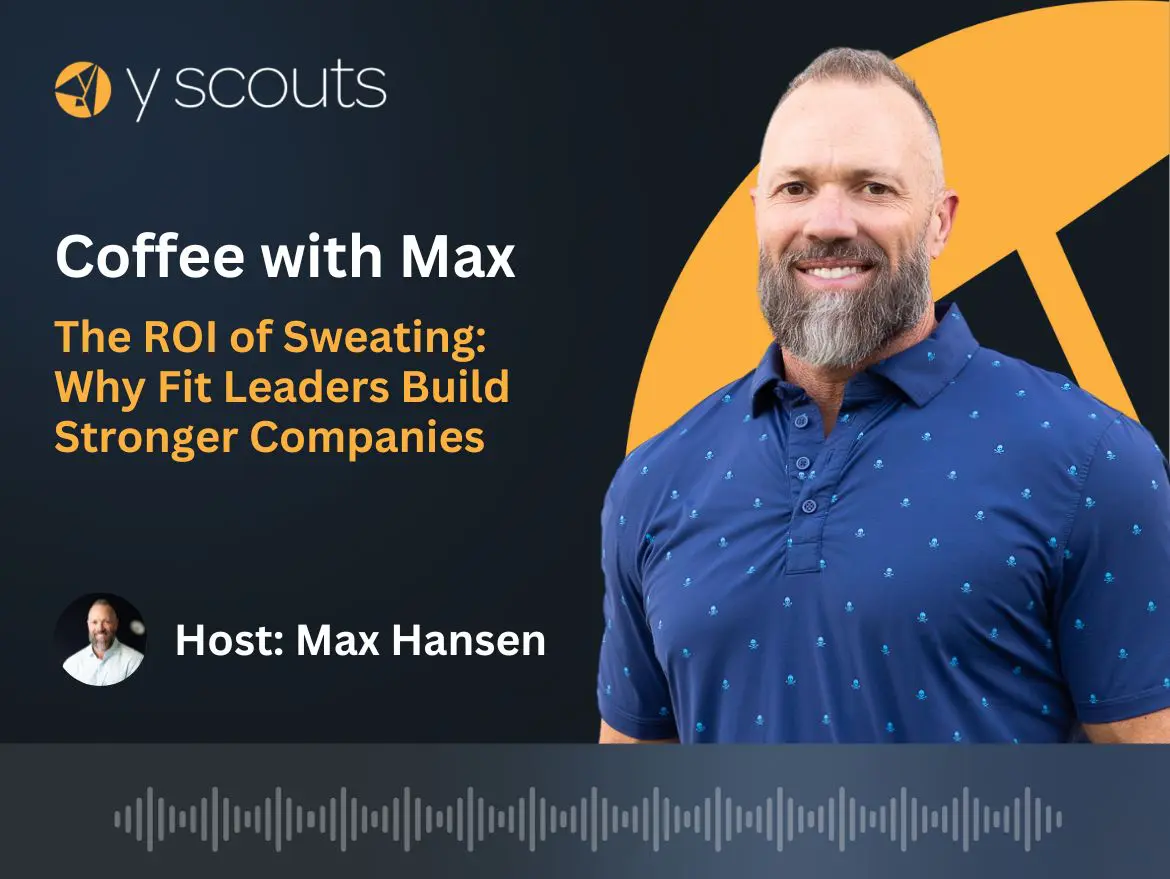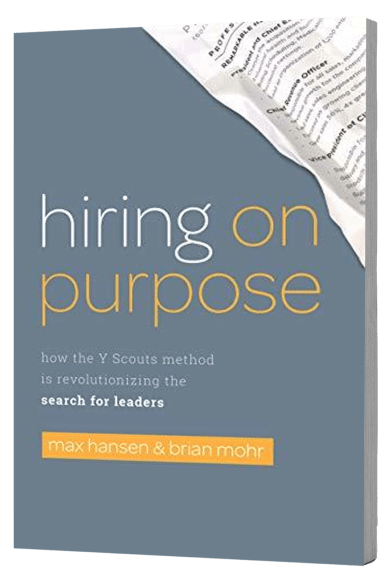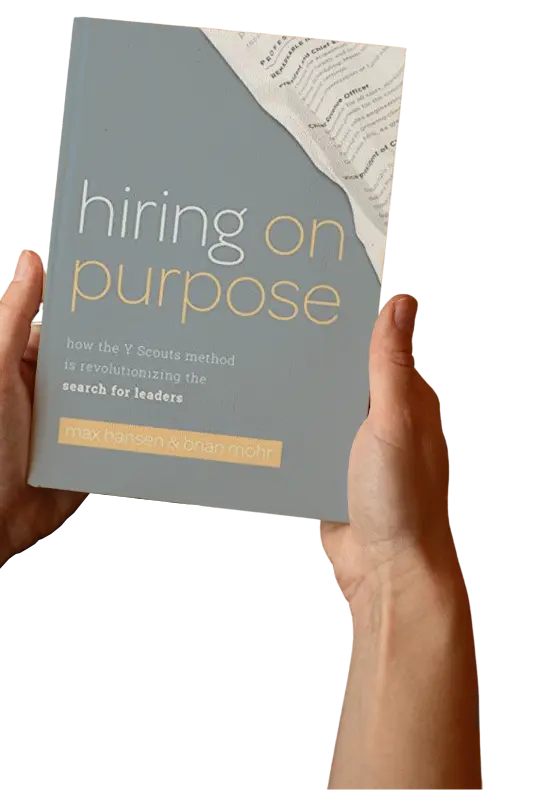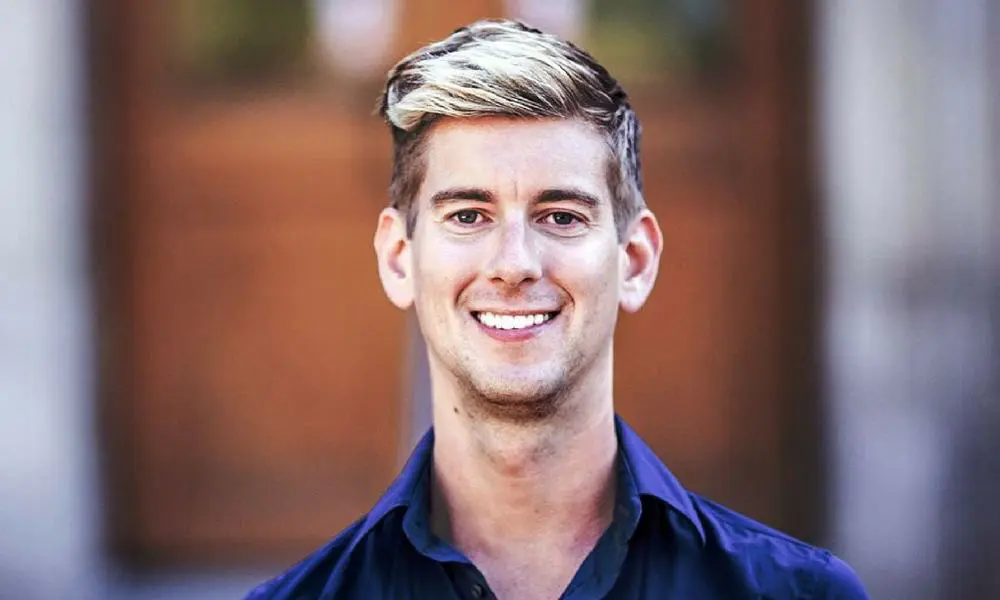
Today we’re interviewing Gavin Armstrong, the Founder & CEO of Lucky Iron Fish. As a young kid, Gavin was bullied extensively, and he channeled those negative experiences into a strong drive to become a success in the world of high finance. During his university experience, he volunteered in refugee camps in north Kenya and saw firsthand the level of abject poverty, malnutrition and hidden hunger that existed in the world. Determined to make a difference, Gavin decided to channel his drive and energy into addressing this problem. And from that, the Lucky Iron Fish was born—an iron ingot that is making a massive difference in helping cure the major iron deficiency that roughly half the world’s population suffers from.
Among many other awards he and Lucky Iron Fish have received, Gavin was also recognized as the first Canadian to receive the William Jefferson Clinton Award for International Work Against Hunger. His story is one of inspiration, perseverance and hope.
Table of Contents
ToggleShow Highlights
- 1:58 – The story of Lucky Iron Fish
- 3:09 – The worldwide issue of iron deficiency
- 5:02 – Gavin’s switch from a finance mindset to a humanitarian one
- 6:31 – The African trip & the university course that led Gavin to tackle iron deficiency
- 9:04 – How he handles pushback from naysayers
- 10:19 – How the shape of the Lucky Iron Fish evolved
- 11:26 – The number of people impacted by Lucky Iron Fish
- 12:46 – The cost effectiveness of Lucky Iron Fish versus common iron supplements
- 14:10 – The Unreasonable Institute
- 15:35 – Why much of Gavin Armstrong’s work focuses on Cambodia
- 19:30 – Why people come to work at Lucky Iron Fish
- 21:44 – Awards
- 23:46 – B Corp certification for Lucky Iron Fish
- 26:58 – Advice for leaders looking to create impact
Show Links
- Lucky Iron Fish
- Gavin Armstrong TEDx Talk
- William J. Clinton Award for International Work Against Hunger
- Gavin Armstrong site
- The Unreasonable Institute
Gavin Armstrong Podcast Interview
Give an overview of the Lucky Iron Fish project.
The Lucky Iron Fish is a simple health innovation to combat iron deficiency around the world. Quite simply, it’s a specially formulated iron ingot. When boiled for 10 minutes in one liter of water, it can release a significant portion of your daily required iron intake. It’s shaped like a fish, because that’s seen as a symbol of luck and prosperity in different cultures around the world.
How did this iron deficiency story hit your radar?
Iron deficiency is the world’s most common micronutrient issue, negatively impacting the lives of half the world’s population. Though it’s predominantly seen in the developing world, it still is an issue in developed countries, like Canada and the United States. It mainly impacts women and children. I became engaged with malnutrition and the concept of “hidden hunger” when I was volunteering in refugee camps in northern Kenya. There was so much effort going into providing food and meals to the hundreds of thousands of people who were there. But there still was a greater challenge, which was providing nutrition. This would provide long-term, sustained health. Iron deficiency has been labeled a serious threat by World Bank and by the Copenhagen Consensus. I decided to dedicate my life to making a difference.
From your perspective, were you always wired this way, with the desire to create positive impact and make the world a better place?
It was actually quite the opposite. I came to university wanting to get into the world of finance for very selfish reasons. I was bullied quite extensively growing up, and I thought that making a good living and having a job with wealth and affluence would somehow validate myself and prove bullies wrong. It was a field course that took me to Botswana that really opened my eyes to global challenges. It was my first time leaving Canada, really. I had an incredible experience on the trip, but also saw abject poverty and hunger up close. Then, I realized I was on such a selfish trajectory, only to prove some bully wrong who I was probably never even going to see again. I came back and reflected on it—I just couldn’t live that life anymore. I needed to actually do something to make an impact.
This trip you took to Botswana—was this a trip as part of a university course that you took with other folks from your finance background, or was this an eclectic group of individuals from the university?
The course was called “Politics, Science & The Environment.” It was an interdisciplinary first-year seminar course. So students were from all backgrounds. Interestingly, I was the only business student in the group, and for the longest time throughout the semester, I felt out of place. I felt like I didn’t belong. I was too shy to participate because everyone was bringing their science background, political science, engineering. After some of these experiences, I realized they brought their perspective, and no one brought the business perspective. That was where I could fit in. So I started talking about my business education. Some problems came in where business could be a solution, and they didn’t know. So we were complementary to each other. It was such a rewarding experience. It took me a little bit of time to gain confidence in it.
Share any resistance you are met with, and how you respond.
I’ve actually had resistance on both sides. One camp would say, “You should be providing your product for free. If it’s for health, it’s a right that should be given out. Having any kind of profit margin is just wrong.”
We have a “buy one, give one” model, so if you purchase a fish for yourself, we commit to donating one for free to a family in need around the world. We’ve had other people say, “I’m buying this for me, let them buy their own.” So I’ve had arguments on both sides, but I think that those are sort of a small portion of the people we engage with, and the vast majority believe in our mission, are purchasing our products and are making us a sustainable and growing company.
When you launched Lucky Iron Fish, it wasn’t a fish at first. It was a disc or bar-type chunk of iron. Tell us how you’ve evolved into what has become the Lucky Iron Fish.
When the project started, it was being done for research from a student at Guelph named Chris Charles. He was doing research on cooking with cast iron. He used an iron block, or an iron disc. Although that proved scientifically effective, nobody wanted to use it. It was like asking someone to put a piece of garbage in their cooking pot.
So he tried some different shapes, and discovered the symbol of a fish really resonated with people in Cambodia because it was a symbol of luck. He shaped it like a fish. And people wanted to engage with it because they thought it would make them lucky. And then when I got involved, I absolutely loved the story and saw some potential there. But I knew the fish needed to have some innovation to it to make it more sustainable and patentable. I innovated what he called “the Happy Fish” to develop the Lucky Iron Fish, which is the product we sell today.
Since the product has been available, do you keep track of the number of people and families impacted as a result of the Lucky Iron Fish?
We definitely track the distribution of fish. And we work with other NGOs, non-profits as well as clinics to do impact assessments. So when we’re providing the fish, we can actually measure the impact it has and the improvement of the health of the families who are using it. Last year, we sold 70,000 units—meaning we’re in the process right now of giving away an additional 70,000 free fish.
I watched a video that covered the cost comparison of a typical iron deficiency pill, versus the Lucky Iron Fish. Share the cost effectiveness of a Lucky Iron Fish.
In the developing world, iron supplements can cost around $30 per person per year. It’s a pill you have to take every day, and there are also negative side effects—which actually results in the compliance rate of only about 32%. So if you’re giving 100 people pills, only about 32 people are taking them every day.
Lucky Iron Fish costs under $10, depending on the quantity ordered. The whole family can benefit from it, and it’s reusable for five years. Not only that—because there are no negative side effects, and it doesn’t change the taste or color of the food, it has a compliance rate of about 92%. So not only is it astronomically cheaper, people are actually using it on a regular basis—which is making it arguably more effective.
Let’s talk about some of these awards. It’s an impressive list. Just a few: The Unilever Sustainable Living Young Entrepreneur Award, Social Innovator of the Year for Babson College, Forbes Top 30 Under 30… You were also the first Canadian to receive the William J. Clinton Award for International Work Against Hunger. Being early in your career, how does it feel to have all this attention in the form of awards and recognition?
Awards, accolades and recognition—you have to be very cautious. We at Lucky Iron Fish are really proud of the awards we’ve received, because they create a platform for us to tell our story. And for me, it’s encouraging to have other young entrepreneurs see the story of how Lucky Iron Fish started and see the success we’re having to really empower and inspire them. But you also want to avoid getting caught up in awards.
One piece of advice I would give to anyone who is starting to receive some awards is, once you get one, you’ll find a lot more want you to apply for them. Some awards do come at a cost, and you’ll hear, “You’ve won the Forbes 30 Under 30. Would you consider applying for this award?” And then when you say “yes,” they send you a bill. It just becomes a bit of an ego piece. We’re strategic in how we think about recognition, because you want to do it for the right reasons. Not just to have something great on your shelf.
For business leaders out there, what advice would you give for those trying to create impact, whether regarding the environment, clients, community, or perhaps something as simple as amongst their team?
I think there are a few takeaways from the Friedman economics model. I think that maximizing shareholder returns isn’t the only mission of a company. Customers are identifying with that and are thus moving toward sustainable brands. Employees are looking to work for companies that have a social mission; they want to feel good about where they work. I think we’re seeing this trend because millennials are becoming more and more of the purchasing power in the market. Companies need to adapt and provide the kind of product these individuals want to have. There’s a huge shift of purchasing power going from the Baby Boomers to the millennials.
The second is, sustainable development goals through the United Nations are really focusing on private sector involvement. There have been studies that show that by achieving those sustainable development goals, which include health and nutrition, sustainable consumption, and protecting the ocean, there will actually be a few trillion dollars put back into the economy. So as a global society, it’s all in our best interests to invest in making the world a better place, to create more economic opportunities. There’s a social mentality as well as a strong return on investment for it.
Listen to Gavin Armstrong and more Built On Purpose podcast guests at yscouts.com/podcast.
Y Scouts, a leadership search firm, finds purpose-aligned and performance-proven leaders to help organizations achieve their missions faster. Ready to supercharge your leadership search and get the right person in your organization? Contact Y Scouts.


